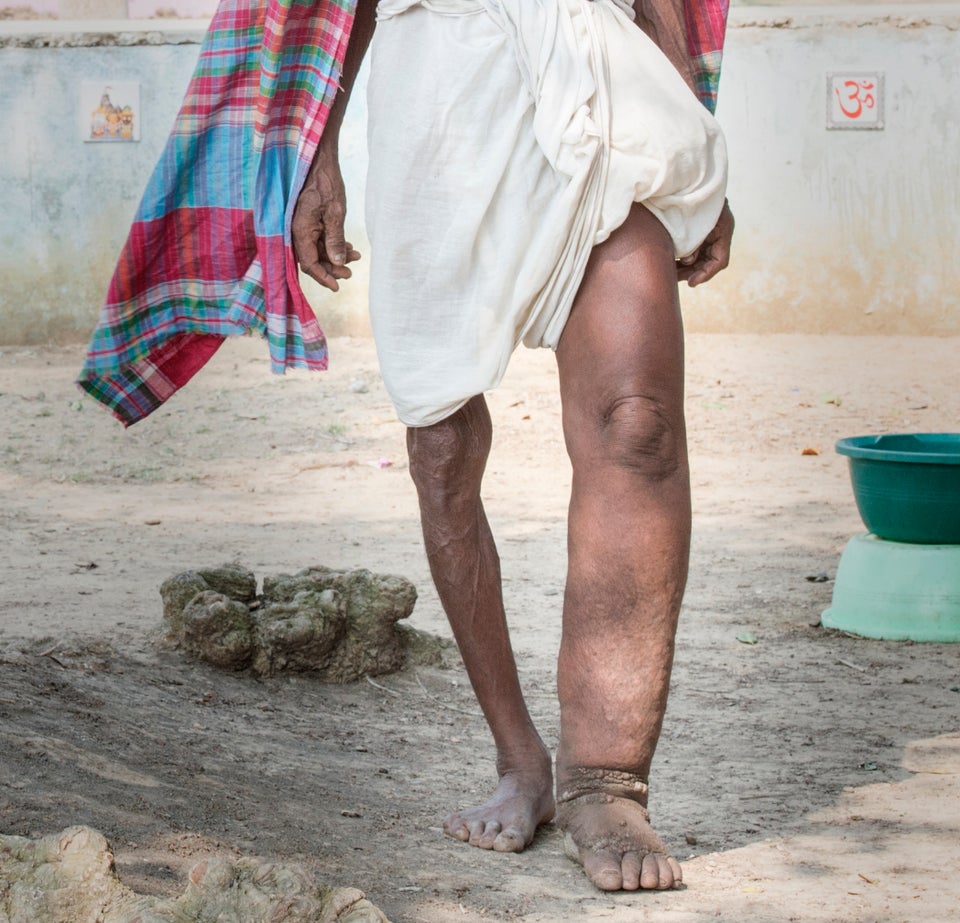This article is part of HuffPost’s Project Zero campaign, a yearlong series on neglected tropical diseases and efforts to fight them.
LOS ANGELES ― Pancha sits in her cramped living room and scoops her two little dogs into her lap. They cry when she leaves the house, she says, even for a few hours. But today they’re happy she’s at home.
The 55-year-old, who asked that we not use her real name, is preparing for a trip to Bolivia, where she was born, to visit her ailing father. “He’s very depressed,” she tells HuffPost, and he can’t walk around anymore, not even into his garden to tend his beloved fruit trees ― fig, avocado, pomegranate, peach.
His heart is weak, and excitement could be dangerous for him. She’s worried about this, she says, because she has bad news to tell him. She found out two years ago she has Chagas disease, an infection caused by a parasite that can live for decades inside organ tissue, usually the heart, silently doing damage that can cause sudden death. Her father has it, too.
Pancha asked HuffPost to keep her identity hidden because of the stigma associated with her illness. “People are ignorant,” she says.
Chagas is a deeply misunderstood disease that affects about 8 million people around the world, primarily in Latin America, and is responsible for 10,000 deaths a year, according to the World Health Organization. It is estimated that 300,000 people in the United States have it, per the U.S. Centers for Disease Control and Prevention.
Chagas is not typically transmitted from person to person. The insect that spreads it is called the kissing bug, because it tends to bite people on the face, near the lips or eyes, while they sleep. Immediately after infection there may be swelling around the bite wound, along with flu-like symptoms that disappear after a short time. Thirty percent of those infected develop life-threatening complications years later ― for some it’s an enlarged heart or heart failure, for others it’s an enlarged esophagus or colon. For many, though, Chagas is asymptomatic. A massive heart attack might be the first clue the parasite is there at all.
Chagas is treatable, but not if the case is too advanced, as it was for Pancha’s father. Pancha was more fortunate: When diagnosed, she didn’t yet have complications from the disease, so she was able to take pills that should kill the parasite. Nothing is certain with Chagas, though.
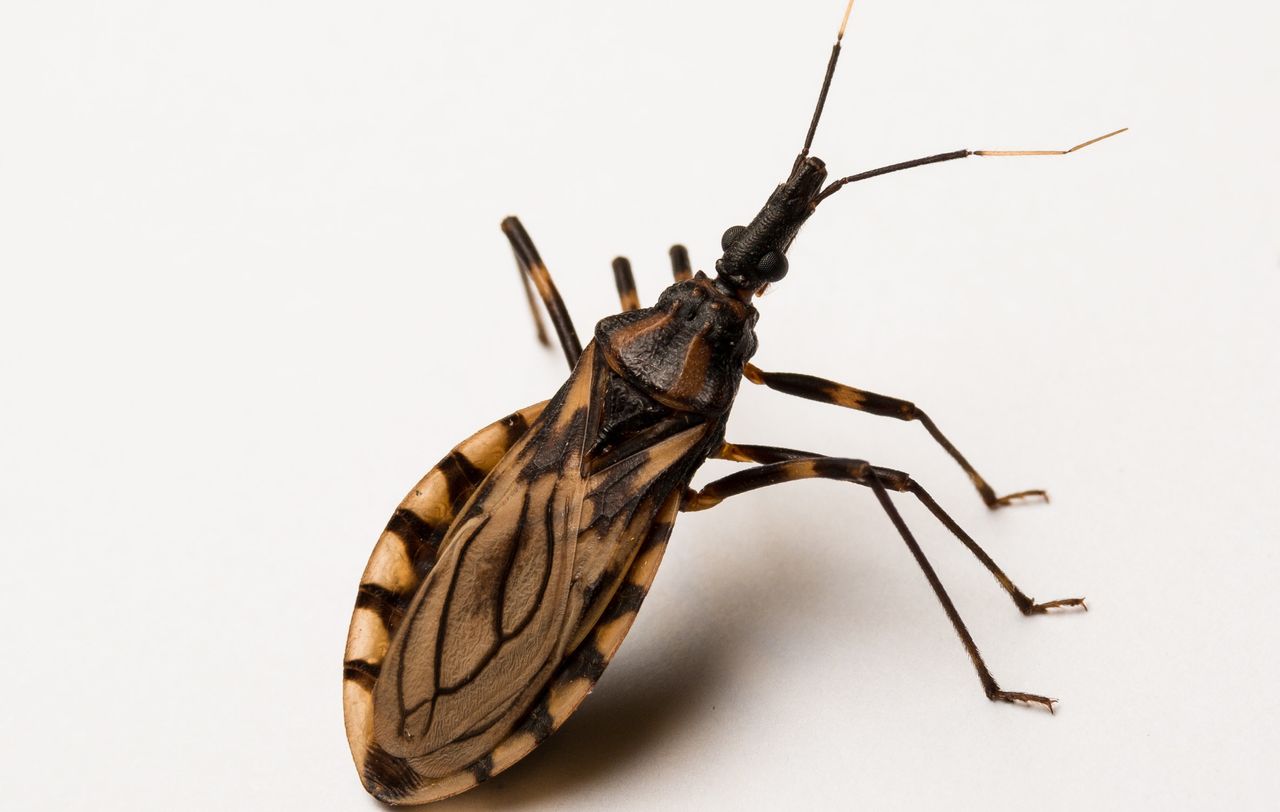
If infected people manage to get a blood test in time, the only available medications are hard to obtain, come with terrible side effects and don’t guarantee a cure.
Despite great need, Chagas attracts relatively little attention or funding. And it’s easily overshadowed by more headline-grabbing diseases. After the World Health Organization declared Zika an international public health emergency in 2016, Congress approved a $1.1 billion funding package to control the disease. Meanwhile, the number of Zika cases reported in the U.S. is a fraction of Chagas cases here.
Patients and experts alike say that bringing more attention to this neglected disease is critical to securing funding for new research, increased screening measures and better treatment options.
But the wrong kind of attention worries people like Pancha.
In the U.S., Chagas is strongly associated with Latino immigrants and has become part of a xenophobia-fueled narrative that can make patients wary of coming forward.
“People’s thinking here is so messed up right now,” Pancha said, referring to the country’s tense political climate. “I don’t want them marginalizing us because we have this disease. I don’t want them using it as a justification to say, ‘Get these people out of here.’”
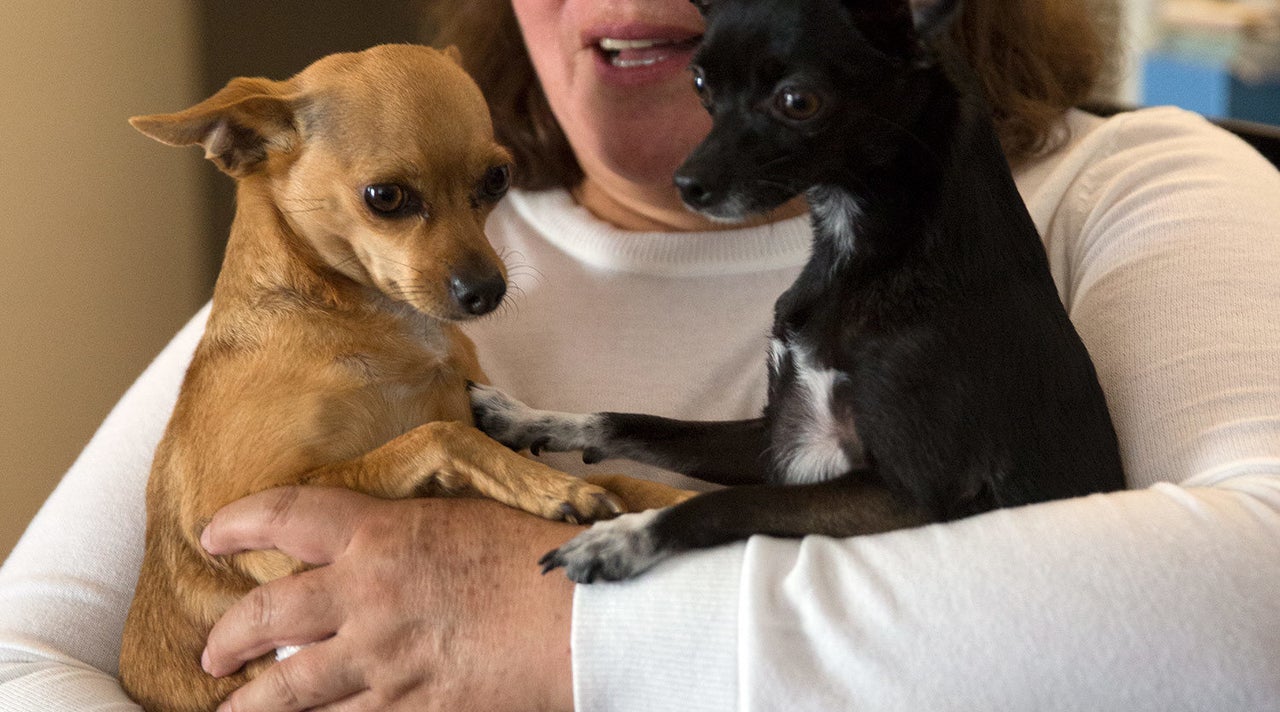
A majority of people with Chagas in the U.S. likely acquired it in one of 21 Latin-American countries ― HuffPost spoke mostly to patients from Bolivia, El Salvador and Guatemala.
Research suggests many of the most at-risk people probably won’t get care for the disease in America. Only 1 percent of people with Chagas ever get treated for it, according to one estimate. Latinos are less likely than other racial or ethnic groups in the U.S. to visit health care providers or have health insurance.
Language barriers and economic constraints may keep some Latinos away from the doctor’s office. Others, particularly those in households where at least one family member is undocumented, may shy away from seeking medical attention because of fear whipped up by anti-immigrant government policies and anti-Latino rhetoric from the White House.
“Policies that target immigrants discourage people from seeking health care,” said Dr. Salvador Hernandez, project manager at the Center of Excellence for Chagas Disease at the Olive View-UCLA Medical Center near Los Angeles, which serves over 300 people with the disease and is one of the only facilities in the country set up to do so.
Adding to the stigma surrounding Chagas, the disease disproportionately impacts people who come from certain rural areas where poverty and poor housing conditions are common. Several of the Latino patients HuffPost spoke to said that, as children, they lived in mud or adobe homes and saw the kissing bugs inside.
Pancha said she lived in a rural village in Bolivia as a little girl and used to see different kinds of insects in the cracked walls of her home. Another patient, who grew up in El Salvador, remembered playing with kissing bugs with neighborhood friends.
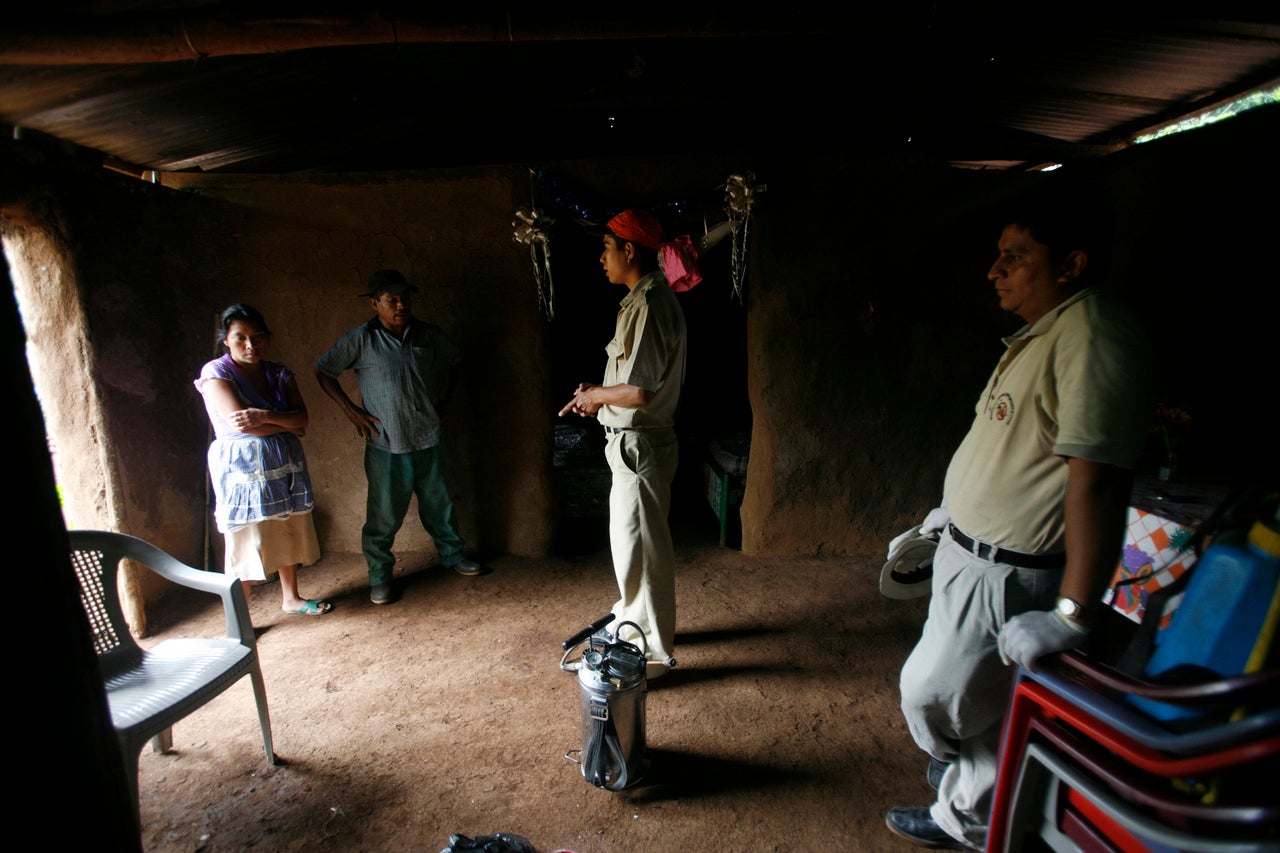
“The people who have the disease tend to be people without a lot of power, without a lot of money, without a lot of access to the political system,” said Dr. Colin Forsyth, a public health researcher who works with both the Center of Excellence for Chagas Disease and the nonprofit Drugs for Neglected Diseases Initiative. “That’s why their needs aren’t tended to.”
But not all Chagas cases in the U.S. come from abroad: Kissing bugs are thought to have infected a handful of people here. Though the U.S. is generally considered a low-risk area, researchers admit that many more infections might be unaccounted for.
Lynn Hatton Hodson, a 48-year-old from Orange County, was diagnosed with Chagas earlier this year. The mother of two, who runs an education consulting company and describes herself as “wealthy,” is keenly aware that she doesn’t fit the profile of a typical patient. She told HuffPost she was probably bitten by a kissing bug while camping on her ranch, north of Sacramento. She developed a big welt that itched for weeks, but had no other symptoms.
“I thought it was just a mosquito bite,” Hatton Hodson said. “I didn’t know until I got [diagnosed].”
She had never heard of the illness before, and when she arrived for treatment at the Center of Excellence for Chagas Disease, she recalls a nurse saying to her, “You don’t have Chagas ― you’re white!”
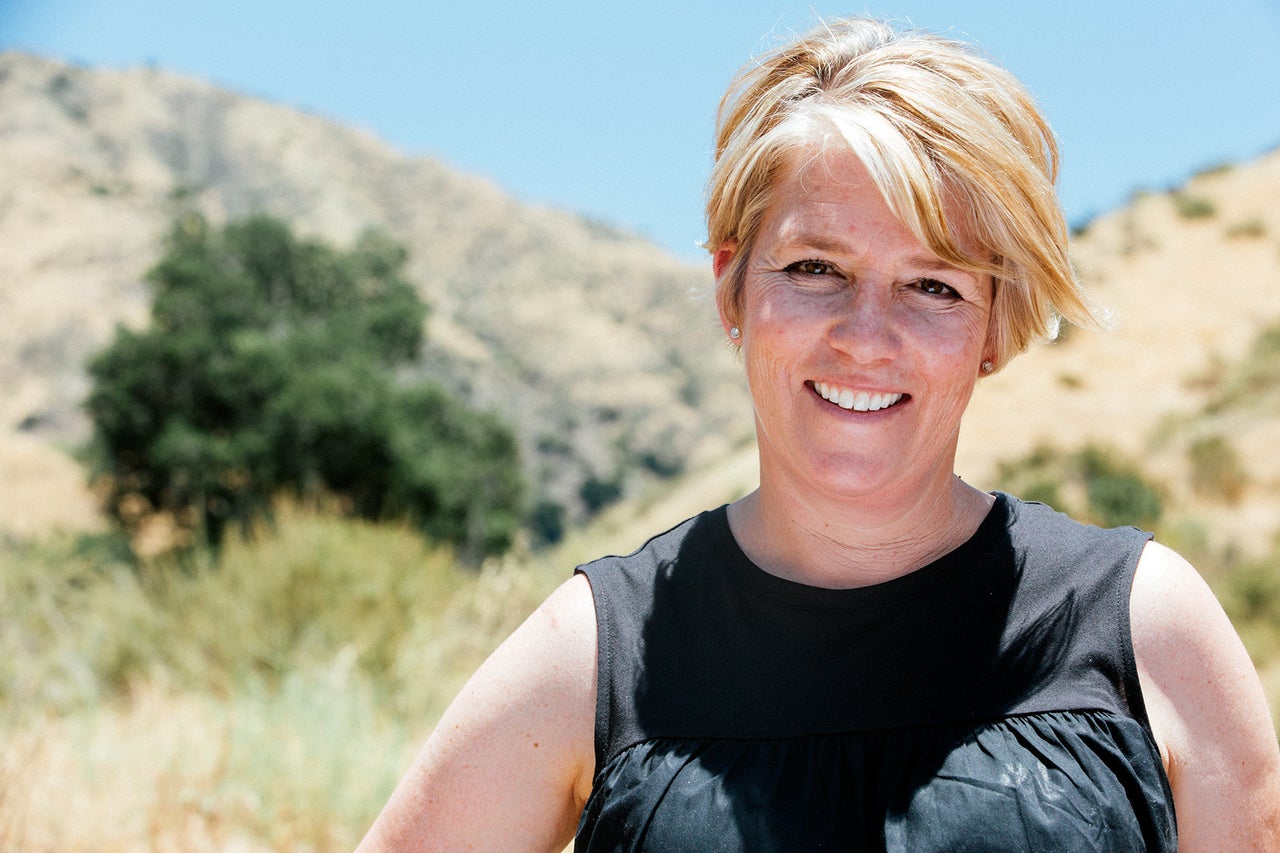
Now, Hatton Hodson wants to do anything she can to help raise awareness.
“Knowledge is power,” she said. “This is a disease you can’t see. So it’s not as alarming to people. It doesn’t feel as urgent.”
A few other patient-activists make it a priority to attend conferences and talk to the media about Chagas.
Nevertheless, confusion and misinformation are rampant. Just in the last couple years, a host of misleading stories have been published on the topic, some blaming undocumented people for spreading Chagas to America, others claiming migrants brought kissing bugs across the border. Most of these articles treat Chagas like it’s new to the U.S.
Experts we spoke to say this is hogwash, citing evidence that Chagas disease has been in what is now southern Texas since prehistoric times. In 2003, archaeologists examining the mummified remains of a man who died over 1,000 years ago found severe intestinal damage consistent with Chagas. Also, several species of kissing bugs are native to the U.S. and are found mostly in the southern half of the country, from coast to coast.
“Kissing bugs — or any animal — don’t understand barriers or frontiers. There are no borders for them,” Hernandez told HuffPost. “Humans are coming into their habitats. We are basically invading their spaces.”
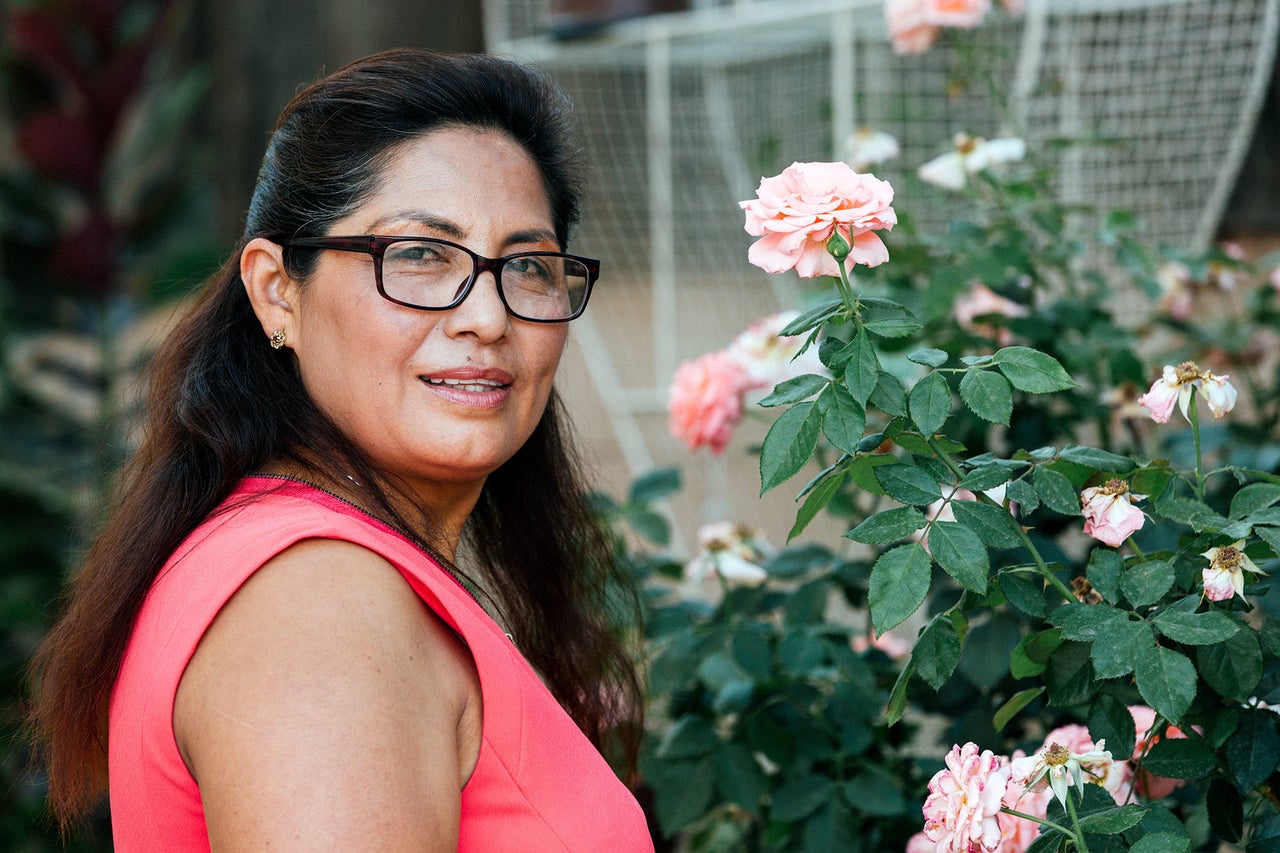
At least one recent scare story implied that immigrants infected with Chagas spread it in the U.S. by donating blood infected with the disease. In reality, the American Red Cross has been screening for the disease since 2007. In fact, several people who spoke to HuffPost ― including Hatton Hodson ― said they learned they have Chagas from the Red Cross after attempting to give blood.
Screening efforts by the Red Cross are not enough, however. Experts say primary care physicians need to be the first line of defense, yet most physicians aren’t aware of Chagas.
The CDC says one of its top priorities in the effort to fight this disease is making it more visible to the medical world, especially for doctors who work with people in high-risk communities. Sue Montgomery, the epidemiology team lead in the parasitic diseases branch of the CDC, told HuffPost she’s noticed progress in her 12 years at the agency.
“I’ve definitely seen a trend toward more awareness and more well-informed questions coming from providers,” Montgomery said.
The CDC has awarded grants to efforts aimed at combatting the disease and raising awareness in at-risk communities in New York and Texas. It also supports the work of the Center of Excellence for Chagas Disease, which conducts regular patient outreach and screening events in the Los Angeles area and trains local doctors and providers from other counties and states.
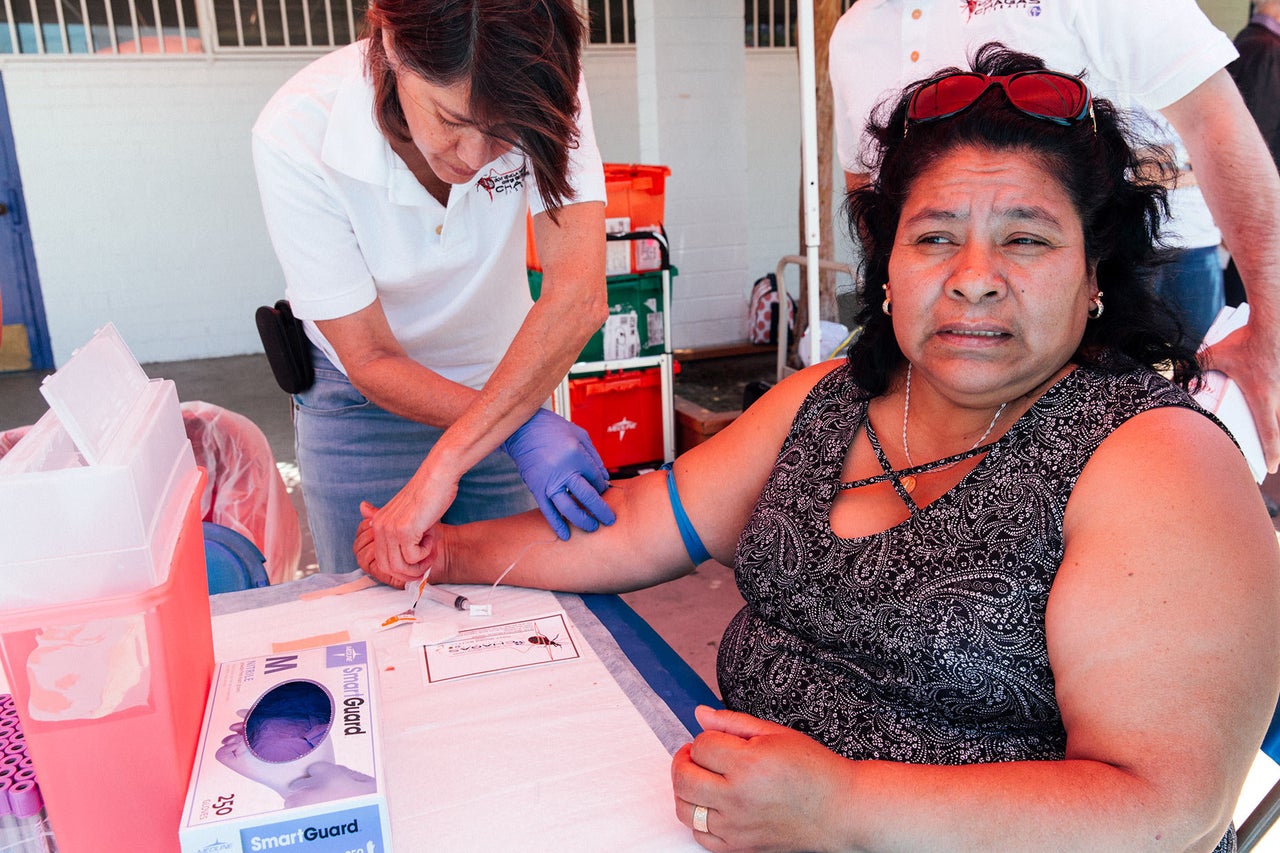
But once a person learns they have Chagas and finds a doctor who knows what to do, they can’t just walk into a pharmacy with a prescription to treat it. The only two drugs available ― benznidazole and nifurtimox ― aren’t approved by the Food and Drug Administration. (A pharmaceutical company in California is working on approval for benznidazole, the more common treatment.) For now, these medications must be obtained through the CDC, a process that requires multiple blood tests and complicated paperwork.*
Patients can’t take these pills in one sitting. They must make multiple trips to a clinic over a period of weeks to complete the full course. It’s a tall order for people who can’t get time off work, or must travel long distances to reach their care provider.
The medications can also cause a host of side effects. Pancha, the patient who was born in Bolivia, recalled severe headaches during her course of treatment.
“I can’t see, I can’t walk, I can’t lay down,” she said of the pain.
Once patients have taken the medication, there’s no reliable test that can tell them whether the parasites are totally gone. At that point, all they can do is go for a yearly checkup and wait to see if complications arise.
The CDC knows this is a problem.
“It’d be great if there was a new treatment that was shorter term and had fewer side effects,” said Montgomery.

It’s an uphill struggle. The Drugs for Neglected Diseases Initiative is working with universities and drug companies across several countries on research for better Chagas treatments and increased screening efforts for at-risk people. The company is currently involved in two separate drug trials ― one for an improved benznidazole treatment, the other for a new drug candidate. But it could take years before new medications become available.
Pancha is glad to be done with her treatment. She doesn’t get headaches anymore, and she says she hasn’t noticed any symptoms of Chagas. Overall, she feels healthy, except that she’s afraid for her father. “I have a lot of stress,” she says.
In her backyard garden, Pancha grows kumquats, figs, grapes and lemons. She talks to her plants every morning, encouraging them to grow. She says she learned to raise fruit trees by watching her father. She misses him.
Depression is common among Chagas patients. The odds seem stacked against them. It can feel like governments just don’t care enough to invest in solving the problem ― even in countries where efforts to control or eliminate the disease have been well-documented.
Pancha tries not to let feelings of helplessness take over her days.
“I don’t really think a lot about the future,” she admits. “I go day by day.”
*UPDATE: Aug. 30 ― The FDA on Tuesday evening granted accelerated approval to benznidazole for use in Chagas patients between the ages of 2 and 12. Once supplies of the drug become available at pharmacies, a doctor would be able to write a prescription for a child. For everyone else, however, treatment must be obtained by petitioning the CDC through a care provider.
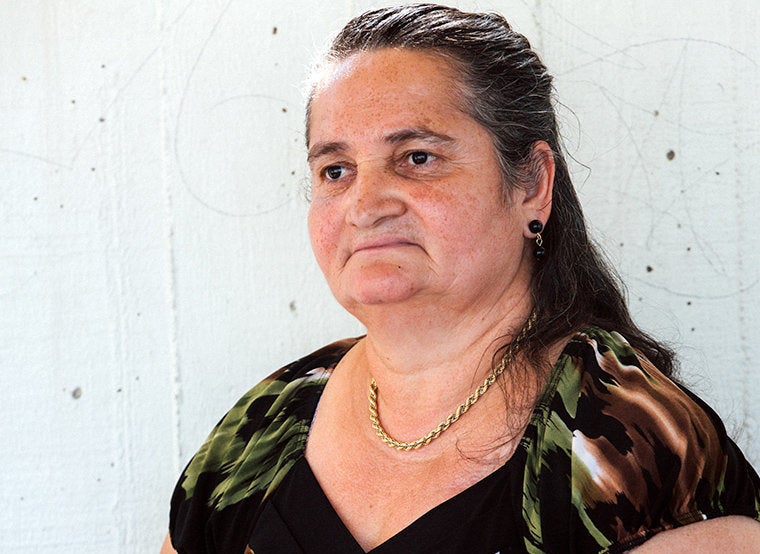
The Drugs for Neglected Diseases Initiative is a recipient of grants from the Bill & Melinda Gates Foundation, which also funds HuffPost’s Project Zero series. All content in this series is editorially independent, with no influence or input from the foundation.
If you’d like to contribute a post to the series, send an email to ProjectZero@huffingtonpost.com. And follow the conversation on social media by using the hashtag #ProjectZero.
